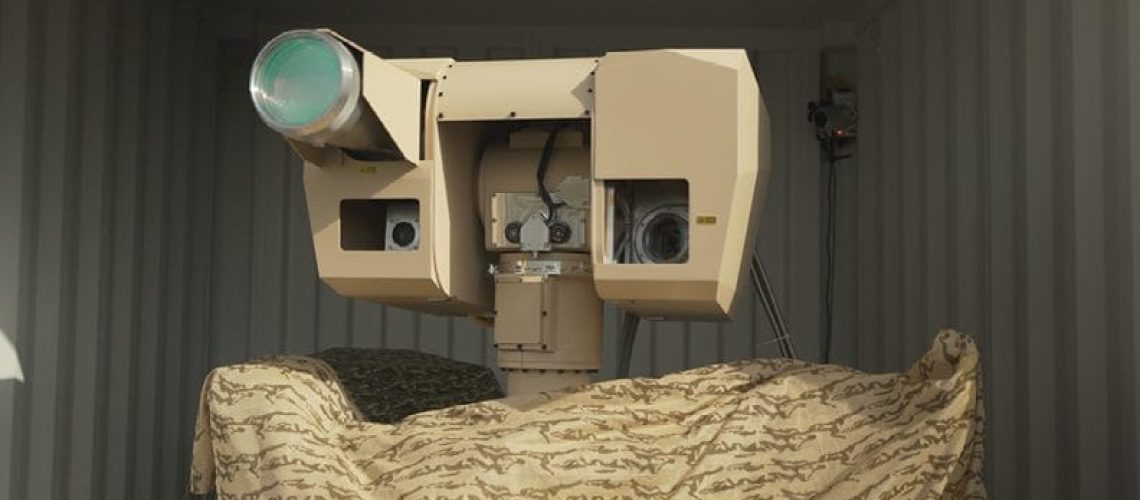For thousands of years, military commanders have considered mass—having more troops and equipment than the enemy—a critical factor in winning battles. However, the last fifty years have seen a shift from mass to precision, a trend that has accelerated since the end of the Cold War. The period of peace dividends and the era of expeditionary operations that prevailed for thirty years were based on the concept of technological superiority.
Today, we are witnessing the collapse of this binary distinction between mass and precision, with emerging technologies now making it possible to deploy numerous and precise systems simultaneously, particularly in the field of drones, as current conflicts continue to demonstrate.
Both in Ukraine and in the Middle East, we are seeing this trend, which could in many ways be described as an asymmetric attrition strategy. At the start of the war in Ukraine, Ukrainian forces used a few Turkish Bayraktar TB2 drones. Two years later, they are deploying a multitude of autonomous systems. Another illustrative theater is the Red Sea, where the Houthis have targeted numerous commercial and military vessels, severely disrupting international maritime traffic. According to the French expertise center MICA Center for Maritime Information Cooperation & Awareness, in 2024 alone, the Houthis used approximately 700 munitions for their attacks, including 40% ballistic missiles, 2% cruise missiles, 56% aerial drones, and 2% surface drones.
This transformation fundamentally changes the cost-effectiveness of military operations, as relatively inexpensive missile or drone strikes can force the mobilization of much larger defense expenditures, thereby creating an unsustainable financial imbalance in the long term solely for defensive purposes.
From a strictly military point of view, this crisis highlights the characteristic equation of 21st-century conflicts, namely how to balance the need for mass—or to counter mass—with the need for technological superiority: two strategies that seem to be at odds with each other in terms of defense spending.
This two-part series examines this issue by exploring some of the hybrid strategies that Western countries are beginning to put in place, first highlighting some examples of operational optimization that have already proven their worth in the past, then—in the second part—describing two concrete examples of adaptation: one by the French Army Aviation during Operation Barkhane in Sahel and the other, more recent, by the US armed forces in response to the Houthis’ capacity for disruption.
Operational optimization: a few proven examples
There are, of course, many examples of innovative operational optimization of existing resources, both on the offensive and defensive sides, if we examine the lessons learned from a number of past conflicts. Here are a few examples in the following areas:
A2/AD (anti-access/area denial) strategy
Example: the random use of naval mines
Historically, relatively simple and inexpensive naval mines have often posed significant challenges to sophisticated and expensive warships. This is a classic example of low-cost asymmetric technology that has been able to counter effectively much more expensive systems.
Increased strike capability
Example: Adapting naval rockets for use against land targets
During the Gulf War, the US Navy modified Harpoon anti-ship rockets to strike land targets. This inexpensive adaptation significantly expanded strike capabilities without requiring new weapons systems.
Countering IEDs
Example: jamming as a countermeasure against IEDs (« Improvised Explosive Device »)
Faced with improvised explosive devices (IEDs) in Iraq and Afghanistan, the armed forces equipped their vehicles with jamming capabilities. These jammers were designed to disrupt remote detonation signals, offering much less expensive (and often more tactically effective) protection than the acquisition and deployment of specialized armored vehicles.
Counter-Drone Solutions
The number of examples in this field continues to grow. These include:
- Portable anti-drone systems
Portable anti-drone devices such as the DroneDefender and DroneGun use RF jamming to neutralize commercial drones without destroying them. These systems cost only tens of thousands of dollars, compared to the hundreds of thousands of dollars required to purchase conventional military systems.
• Precision rifles against drones
Snipers have been deployed as a cost-effective solution against small drones. This approach uses existing skills and equipment rather than investing in expensive anti-drone technologies.
• Modified commercial drones
Ukraine has converted recreational drones into reconnaissance and attack platforms. These modified drones, costing a few thousand euros, have proven effective against Russian military equipment worth millions.
• Nets and eagles against drones
Some security forces have experimented with very low-cost, low-tech methods of capturing drones, such as nets fired from hand-held launchers or training eagles to intercept small drones.
• Directed energy anti-drone weapons
Low-power portable laser systems have been developed as a cost-effective alternative to interceptor missiles in anti-drone warfare. These systems can engage multiple targets at a much lower cost per shot than conventional missiles.
24/7 “participatory” intelligence
Low-cost surveillance networks
Ukraine has developed a mobile app that allows civilians to report Russian troop and equipment movements. This participatory intelligence system runs on ordinary smartphones and provides valuable information at a much lower cost than traditional military surveillance systems required for permanent coverage.
These examples illustrate how ingenuity and adaptation can often provide effective and economical solutions to emerging threats by finetuning the response in proportion to the value of the targets to be neutralized, where possible.
The second part of this article illustrates this latter principle through two examples: the use of porthole cannons mounted on helicopters by the French Army Aviation against armed terrorist groups in Mali and the air-to-air use of APKWS II rockets by US F-16s against Houthi drones.
To be continued
(By Murielle Delaporte)
